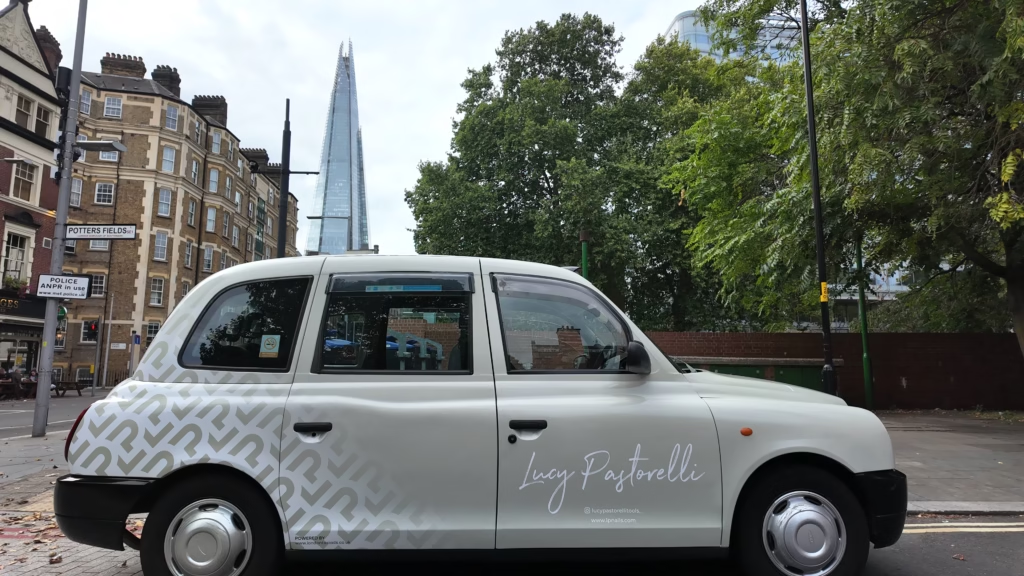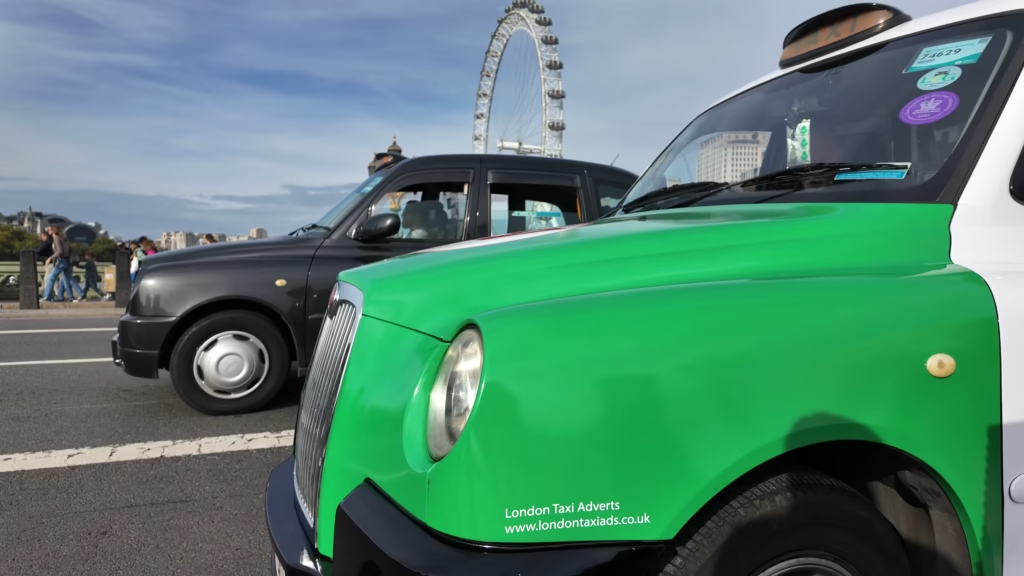London’s West End is the glittering heart of the capital. It’s a world of dazzling theatre premieres, exclusive restaurants, luxury shopping, and electric energy. For any brand, capturing the attention of the millions who flock here is a top prize. Many default to the digital billboards of Piccadilly Circus, believing bigger is always better. But the West End audience is discerning, mobile, and sophisticated, and that’s when a taxi ad comes in.
To truly connect with this high-value demographic, your advertising needs to be as dynamic and elegant as the audience itself. You need to go beyond the static billboard and become part of their journey. This is where the strategic brilliance of a taxi ad, turning London’s most iconic vehicles into a mobile stage for your brand.
Understanding the West End Audience

Unlike other parts of London, the West End attracts a unique blend of people, all with high expectations and a willingness to spend.
- The Theatre-Goer: They are here for a cultural experience, moving from a pre-show dinner to their theatre seat and then on to a post-show drink.
- The Luxury Shopper: They are exploring the designer boutiques of Bond Street and the flagship stores of Regent Street, seeking quality and prestige.
- The International Tourist: They are soaking in the sights, from Leicester Square to Covent Garden, creating lifelong memories.
- The Foodie: They are sampling the diverse culinary scene, from Michelin-starred restaurants to trendy new pop-ups in Soho.
What do they all have in common? They are on the move. A static billboard only catches a fleeting moment of their journey. A branded taxi moves with them.
Why Taxis Outperform Static Ads in the West End?

1. They Are Part of the Entire Journey
A taxi ad doesn’t just exist at one intersection. It’s there when your audience leaves the tube station, it’s there as they travel from a shop to a restaurant, and it’s there when they head home after a show. Your brand becomes a consistent, visible thread woven throughout their entire West End experience, building familiarity and top-of-mind recall in a way a single location ad never could.
2. They Offer Prestige by Association
The black cab is a symbol of quality and a premium London experience. By placing your brand on a taxi, you are aligning it with these values. In the luxury-driven environment of the West End, this association is crucial. It tells a discerning audience that your brand is established, professional, and belongs in their world.
3. They Create Unmissable, Eye-Level Impact
A taxi operates at street level, directly in the line of sight of pedestrians. A stunningly designed taxi wrap is impossible to ignore. It’s not a distant message high above the street; it’s a vibrant, personal interaction. This eye-level presence cuts through the visual clutter and makes a direct, memorable connection.
Strategic Formats for a Theatrical Audience

- The Full Wrap (The Opening Night): For maximum drama and impact, a full wrap is unbeatable. It’s the advertising equivalent of a show-stopping theatre production, perfect for launching a new collection, a flagship store, or promoting a blockbuster show.
- The Superside (The Main Act): A high-impact superside on a taxi’s doors provides a huge canvas for bold, beautiful creative. It’s perfect for capturing the attention of the West End’s heavy foot traffic.
- Interior Ads (The Encore): The inside of the taxi is your secret weapon. For the duration of the journey, you have a captive audience. Use tip seat ads to tell a deeper brand story, offer a QR code for easy ticket booking, or provide a special discount to be redeemed nearby. It’s the perfect encore to the visual spectacle outside.
Conclusion
To truly capture the hearts and minds of the West End audience, your brand needs to do more than just show up. It needs to perform. It needs to be part of the magic, the movement, and the prestigious experience of the area. While billboards play their part in the London landscape, taxi advertising offers a dynamic, targeted, and sophisticated way to connect with this invaluable demographic on their own terms. When the curtain rises on your next campaign, will your brand just be part of the scenery, or will it be part of the main event?
Frequently Asked Questions
1. Is taxi advertising in the West End more effective than Tube advertising?
They serve different purposes. Tube ads reach a huge commuter audience, but taxi ads capture a more diverse mix of tourists, shoppers, and theatre-goers above ground, directly within the commercial and entertainment environment.
2. Can I use taxi ads to specifically target theatre-goers?
Yes. By running your campaign during peak theatre season and focusing on taxis that frequent the Theatreland area, you can ensure your message is seen repeatedly by people attending shows, making it highly effective for promoting new productions or related dining offers.
3. What is the most impactful format for promoting a West End show?
A full wrap is ideal for creating the necessary buzz and spectacle for a new show launch. The visual drama of a fully wrapped taxi perfectly complements the theatrical nature of the product.
4. How can a restaurant measure the success of a West End taxi campaign?
Include a specific, trackable offer on your interior ads, such as “Show this ad for a complimentary drink” or “Quote ‘TAXI25’ for your discount.” This allows you to directly attribute customer visits to your campaign.
5. Is this type of advertising affordable for a smaller theatre production or restaurant?
Yes. A smaller, independent business can make a significant impact with a more focused campaign, such as using superside ads on a small fleet of taxis or focusing solely on highly affordable interior ads to reach a captive audience.